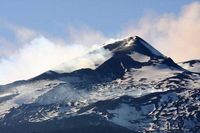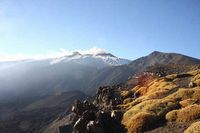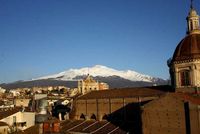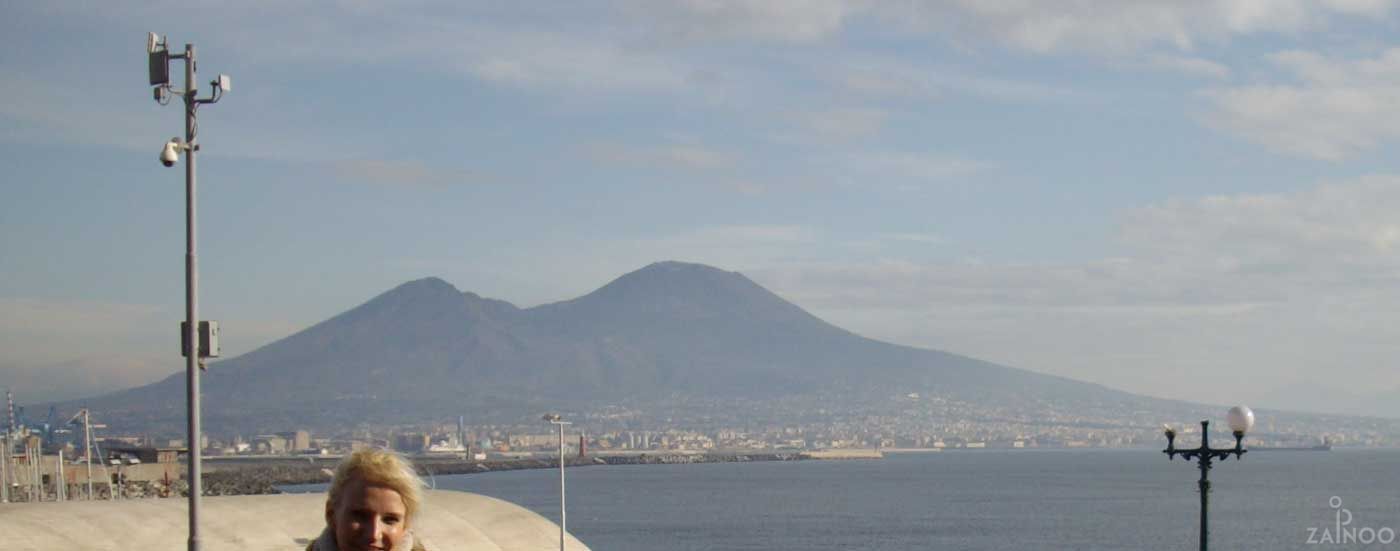Volcanoes in Italy
Volcanism and earthquakes
Italy is located on a geological tinderbox. The crust below the country is highly active due to the direct clash the European and the African tectonic plate. These geolocial faults run all through Italy from Sicily in the south along the Apennine up to Veneto in the south. The results are recurring earthquakes, sometimes with serious consequences, and many still active volcanoes in Italy, which have the country firmly under control. Among them are famous Mount Etna and the Vesuvius.
Unsteady earth crust under Italy
The earth's crust in Italy has not yet come to rest. The tectonic plates of Europe and Africa meet just below the Italian landmass resulting in a geologic fault running through the entire country. This hot zone spreadss from Sicily along the Apennine to Venezia Giulia. A look at the map of Italy shows many famous and active volcanoes as well as popular thermal baths and mineral springs located along this fault.
Earthquakes occur far more often than volcanoes with a more serious impact with smaller and stronger earthquakes happening several times a year. The last century saw many an earthquake not just destroying cities and cultural sites, but costing many lives. The last major earthquake occurred in the Abruzzi in April 2009. The city of L'Aquila was affected very heavily with 20 casualties and more than 10,000 destroyed houses.
Active volcanoes in Italy
Iceland aside, the best known volcanoes in Europe today are located in Italy. No fewer than six active volcanoes are located on the peninsula breaking out regularly: the Vesuvius near Naples, Stromboli and the island of Vulcano on the Aeolian Islands, the Campi Flegrei, the island of Ischia and Europe's largest volcano, Mount Etna on Sicily. Although the Etna appears to be fairly quiet at the moment, scientists expect the next major eruption of the Vesuvius - the very same volcano that destroyed Pompeii in ancient times - very soon.
Positive aspects of volcanoes in Italy
Although the six volcanoes in Italy pose a permanent threat for the population, the country also benefits from the geological faults. While the major volcanoes have touristic appeal attracting thousands of visitors every year, other cities along the fault line benefit from the thermal and mineral springs, solfataras and soffiones.
All in all, the volcanoes and its attractions are major Italian attractions that need to be visited and seen.





Tweet